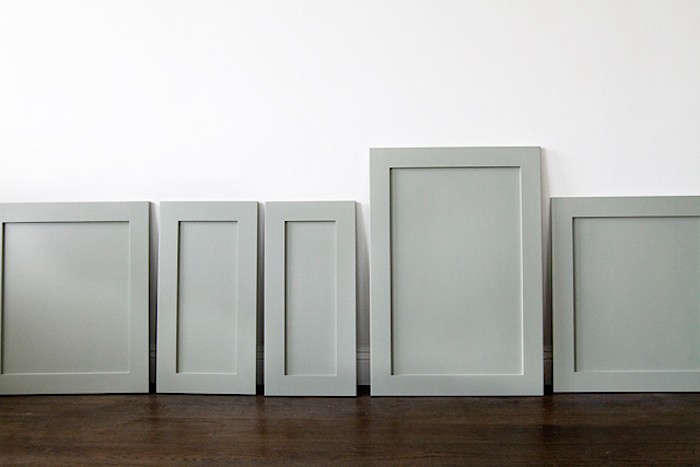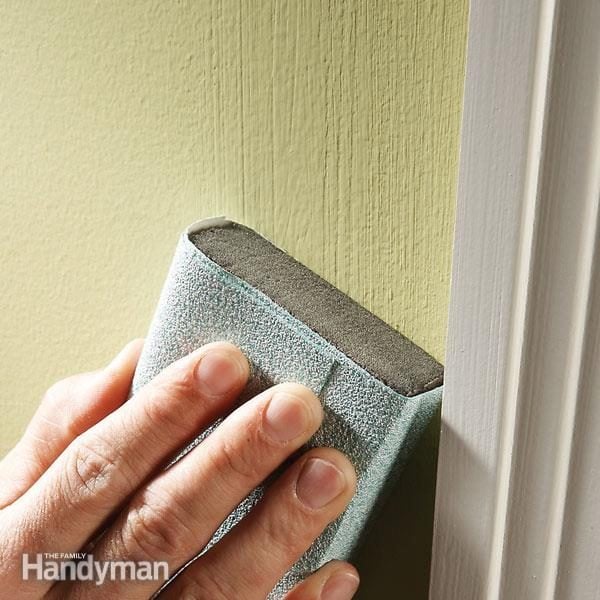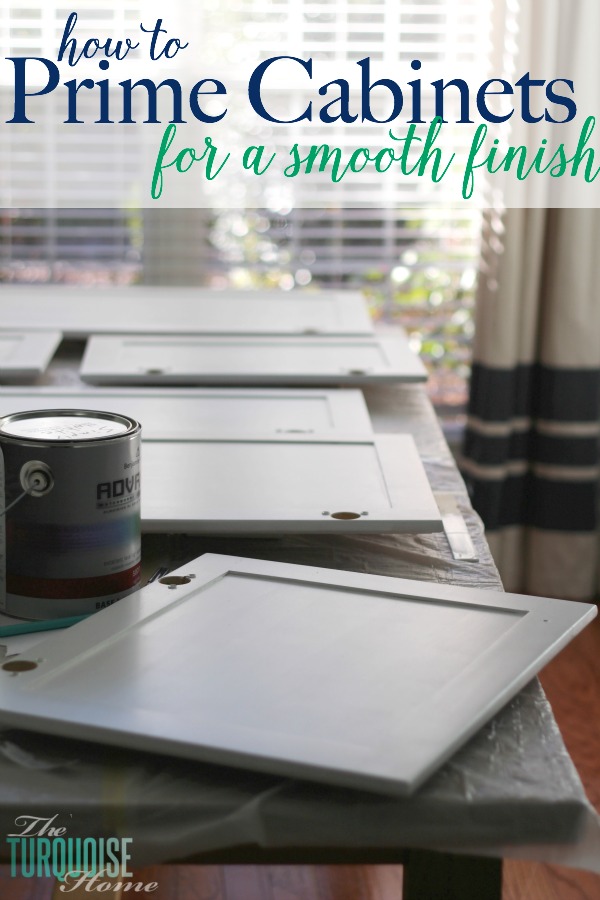If it hardens totally, sand it smooth. Sand all surfaces with the grain utilizing 100-grit paper. To ensure no little bits of dust mar the surface, vacuum the cabinets inside and out, then rub them down with a tack fabric to catch any particles that the vacuum misses out on. Dee states, "Hand sanding is the finest strategy on oak since you can push the paper into the open grain, which a power sander or sanding block will miss. Cabinet Painting Contractors 28205." When using a tack fabric, unfold each new fabric completely, down to one layer, then fold it to get the best dust collection surface.
But they simply sink into open-grained woods such as oak, ash, mahogany, or hickory. Brushing putty, the pudding-thick, oil-based covering Dee used on these oak cabinets, fills the grain as it primes the wood. A number of cautions: It needs to be applied with a good-quality nylon-polyester brush, which you'll have to throw away after each coat.

Beginning at the top of the cabinet, brush on the guide or brushing putty across the grain, then "tip off" pass the brush gently over the wet finish in the instructions of the grain (Cabinet Painting). Constantly tip off in a single stroke from one end to the other. Provide it a day to dry.

Sand any profiled surfaces with a medium-grit sanding sponge. When you're done, whatever should be glass-smooth. Follow the hidden structure of the cabinet or door with the brush. Where a rail (horizontal piece) butts into a stile (vertical piece), for instance, paint the rail initially, overlapping somewhat onto the stile.
The Definitive Guide for Cabinet Painting Contractors 28208 How To Cabinet Painting 28226 Paint Cabinets - Hometips
Where a stile butts into a rail, paint the stile initially. Squeeze a thin bead of latex caulk into any open seams. Pull the suggestion as you go, then smooth the caulk with a damp finger. Fill any small damages, scratches, or dings with vinyl spackle, smoothed flat with a putty knife.
Spot-prime the spackle, and any areas where the brushed-on primer is "burned through," with a spray can of fast-drying oil-based guide. Wait an hour, then sand the primer gently with 280-grit paper. Vacuum all surface areas, and clean with a tack cloth. The hole in a caulk tube's idea must be no bigger than the tip of a sharp pencil.
Work from top to bottom, using the paint throughout the grain, then tipping it off with the grain. For cabinet interiors, use the paint with a smooth-surface mini roller, which leaves a slight orange-peel texture. Sand all surface areas with 280-grit paper, then vacuum and tidy with tack fabric. Cabinet Painters 28208. For the last coat, break out a new brush.
Brushes get dust, so always put paint into a separate container to prevent contamination of the paint in the can. If any paint is left over, put it back into the can only through a fine-mesh strainer. The strategy for prepping and painting doors, drawers, and racks is the very same as on the cabinets, other than that all the work is done on a table to decrease the possibility of drips, runs, and sags. Cabinet Painting 28269.
What Does Pro Secrets For Painting Kitchen Cabinets - This Old House Mean?
Follow the very same prep series as for cabinetsclean with deglosser, fill the holes, sand, vac, and tackand the exact same priming sequence: in this case, two coats of brushing putty. Smooth the flat surface areas on the panel and the frame with a random-orbit sander. On bevels or profiles, apply elbow grease and a medium-grit sanding sponge.

When priming or painting paneled doors, brush in the list below series to get the best-looking surface area in the least amount of time: start with the area around the panel, then do the main field of the panel, then finish with the stiles and rails around the edges. As you go, wipe up any paint that ends up on nearby dry surface areas. Cabinet Painting Contractors 28214.

After vacuuming and tacking all the surfaces, spray a fast-dry guide on any spots with spackle or bare wood where the sandpaper "burned through" the guide. Wait an hour prior to sanding - Cabinet Painting 28204. Get rid of all dustfirst with a vacuum, then with a tack clothand use the finish coat. Idea it off with the grain.
Vacuum and tack every piece, then brush on the final coat. To avoid drips on outside edges, pull the brush toward them. To prevent drips in corners, initially dump the brush by removing the paint, then paint by pulling the brush away from the corner. If a drip laps onto a dry surface, wipe it up instantly.
The Best Guide To How To Paint A Front Door Without Brush Marks ...
John Dee, a perfectionist, prefers to do one side at a time, keeping the faces flat so they do not get runs. But that's 2 days of drying time per doorone day per side. Here's his technique for painting both sides in a day. Twist 2 screw hooks into holes drilled in an inconspicuous door edge (the lower edge for bottom cabinets, the upper edge for top cabinets).